Stepping onto college campuses in the city is always a bit of a respite. The spaces tend to be much more intentionally designed with places to sit, easy-to-follow directions and ample walking paths and tree cover. College campuses are, it seems, made in order to easily facilitate pick-up games of frisbee or hackey sack— and how many spaces in New York City can say the same?
The first iteration of this museum was the Queens College Art Collection, which was formally started in 1957 with the intention of serving as a cultural resource not only for the students of Queens College but for the greater communities of the Queens borough and New York City. The Godwin-Ternbach museum was founded in 1981 by Frances Godwin, an arts professor, and Joseph Ternbach, an art restorer who moved to Queens after fleeing the Nazis.
The entrance to Klapper Hall, before you enter the museum proper, has a series of display cases with a notice reading “Godwin-Ternbach Museum Lobby Gallery Is Under Construction. Look For Updates Soon!”. The collection in the display cases are, maybe, “Wunderkammer II: On Collecting"? It’s somewhat unclear. They display a wide variety of ancient artifacts from all across the globe— Totems from Botswana and India, stone reliefs from Egypt and Greece, a series of small figurines from China.
Currently the main exhibtion space is hosting Family, Identity and Culture: Paintings by John Hunter. The retrospective on Washington Heights native John Hunter explores his various relationships with his family, heritage, and life as a gay Black man who has become a prolific artist, scholar and author.
The first piece in the gallery that really caught my eye was Thanksgiving, 1980. It’s based on a family picture and Hunter’s memory of a family Thanksgiving as a young boy. I’m absolutely crazy about the composition of it— the older couple on either side of the frame, clearly in the same physical space but also being literally separated by the main event! The comic-style panels to the inner left and right of what I took to be Mom and Dad’s routines on the day! The woman in the forground of the cabins in the woods, contrasting the more brightly colored but also more monotonous suburban street below! All of these elements pushing in on this family portrait— supporting it but also liable to push in too close at any time. I love it.
I don’t have as much to say about this one, Familia— Witnesses, but I love these two ladies so much. I wish I had a hat like one of those.
The painting below(Familia: Home) was accompanied by a blurb by the author: “…I tried to find ways to express gay bonding in our created families in visual, non-sexual terms… The idea of a prone dead body as an image intrigued me so, with a model, I created a nude study… The two men were lovers— a family as well as a “home” to each other. The living man contemplates his deceased partner who was his place of refuge and shelter that now was lost.”
While the first floor dealt mostly with Hunter’s identity to his family and his sexuality, the second floor focused primarily on his relationship with his race— the ways in which he observed opression happening around it and the way he sought joy through it.
The above painting, We Dance to the Music of History, was inspired by a trip Hunter took to Peru and a festival and parade he witnessed there. He explains that the costumed trio at center do not represent indigenous people celebrating but are instead “…a disguise for the intruders in a world that did not belong to them but which they appropriated for themselves.” The seated pair represent the “locals” who are currently unaware of the monsters sneaking up on them but won’t be for much longer. “The costumed figure in black face on the right is also an invader who disguises himself in a way that he believes makes himself look like a local.”
These paintings are part of a series on police brutality done in response to the NYPD shooting a knife-wielding Black man in 2012. In these paintings the police officers are clearly dwarfed by the Black men, yet the perpetrator of violence is very clear.
Genvie, Benin, was part of a series of portraits that Hunter made when visiting Ghana, Togo and Benin in order to visit the place his ancestors had come from. I was drawn to this one because the figure felt so welcoming and familiar— someone I’d share a smile with if I saw her at the grocery store.
This is Cleveland Narrative, a series of paintings in panels showing what one might experience as a day in the life of a gay Black university professor in Cleveland. Alongside Hunter we wake up, shower with our partner, have breakfast, walk the dog, drive to work, walk to the classroom, teach a lecture, have lunch, attend a conference, hold office hours with students, come home and have dinner and go to bed.
The Godwin-Ternbach Museum was clean, brightly lit and altogether charming. Although I was the only visitor at the time, I got to eavesdrop on two of the employees gossipping about personnel changes in the Drama and Dance department, which was overly enjoyable. If you ever find yourself on Queens College Campus, I cannot more enthusiastically reccomend a visit.
ADMISSION: Free
GIFT SHOP: No
BATHROOM: Yes
WHEELCHAIR ACCESSIBLE: Yes
July 20: Governors Island National Monument
July 30: Green-Wood Cemetery
Aug 5: Gracie Mansion
Aug 10: Grolier Club

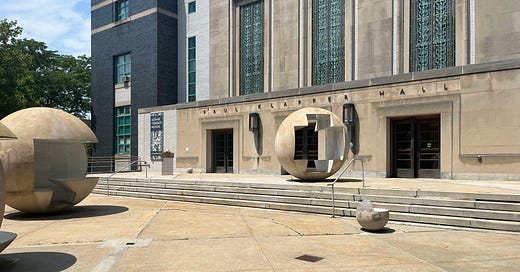



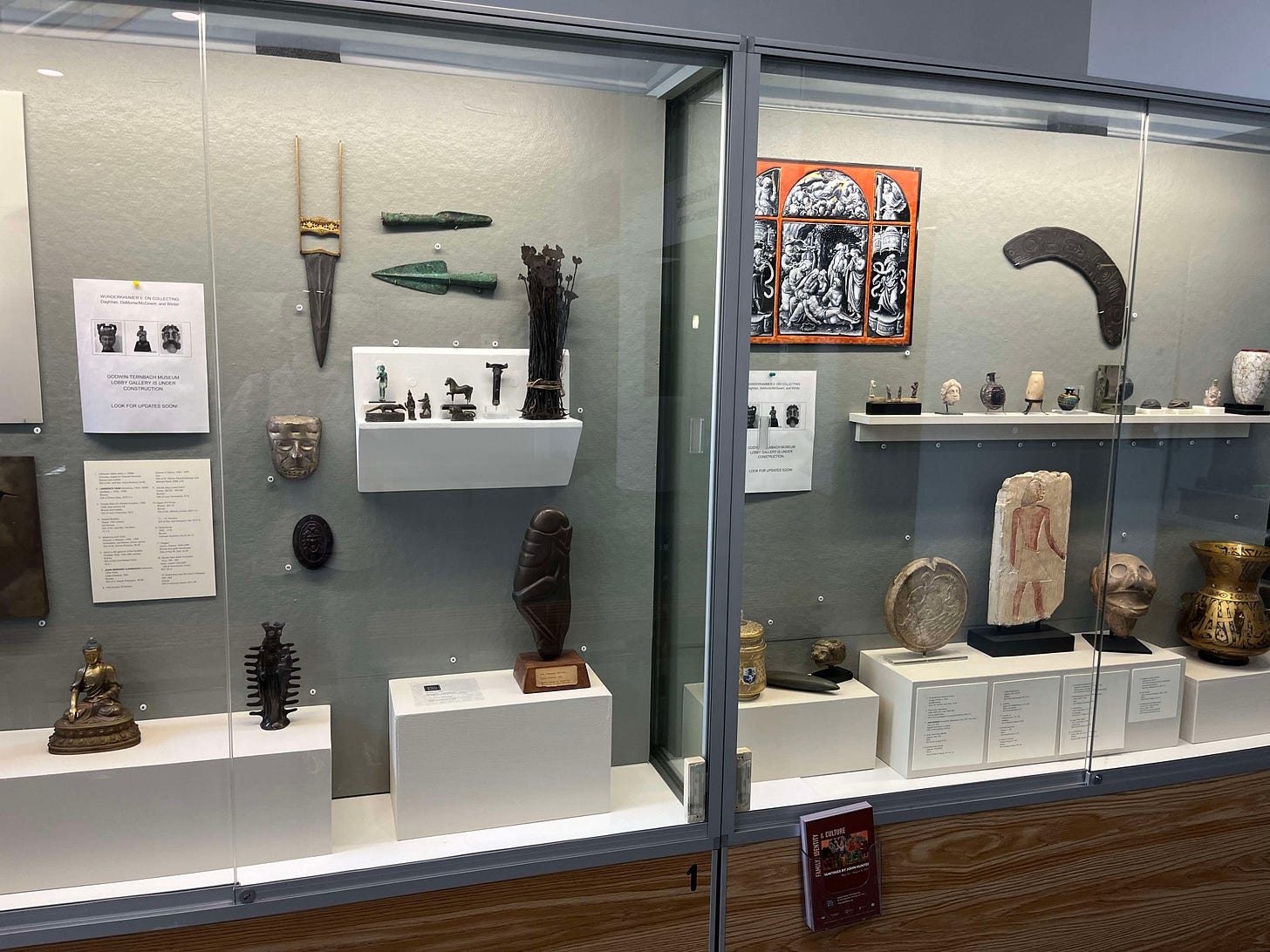


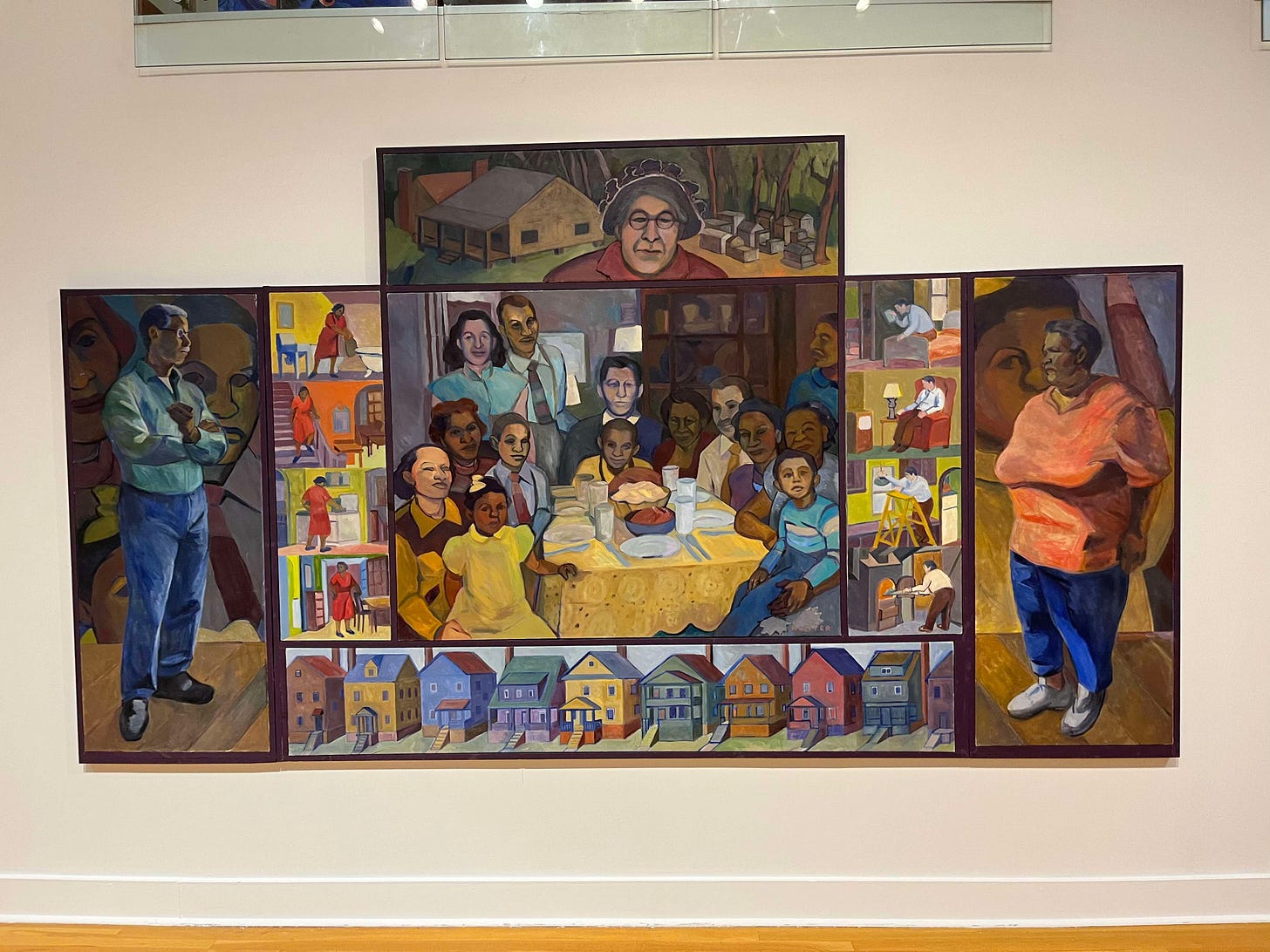

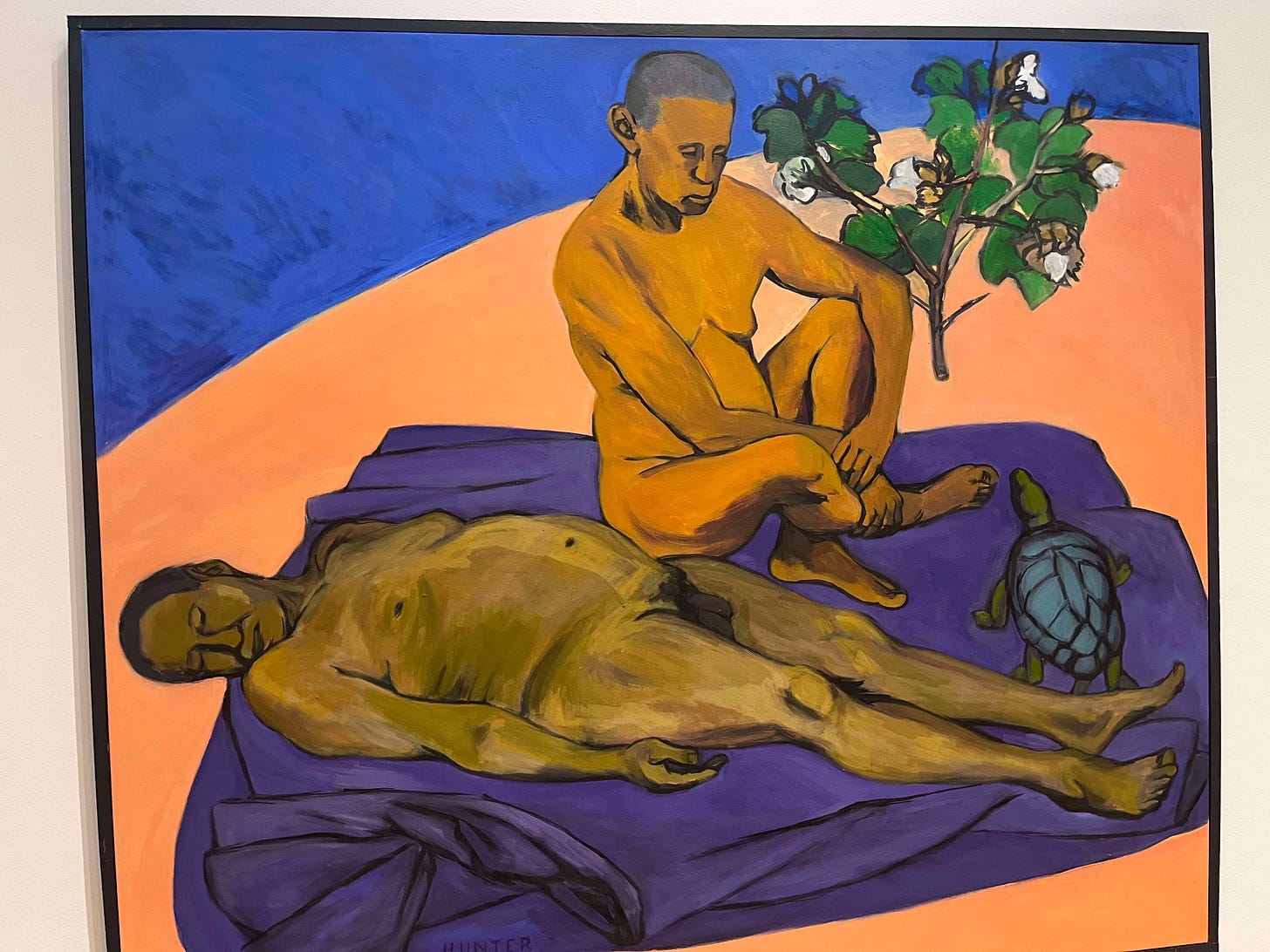
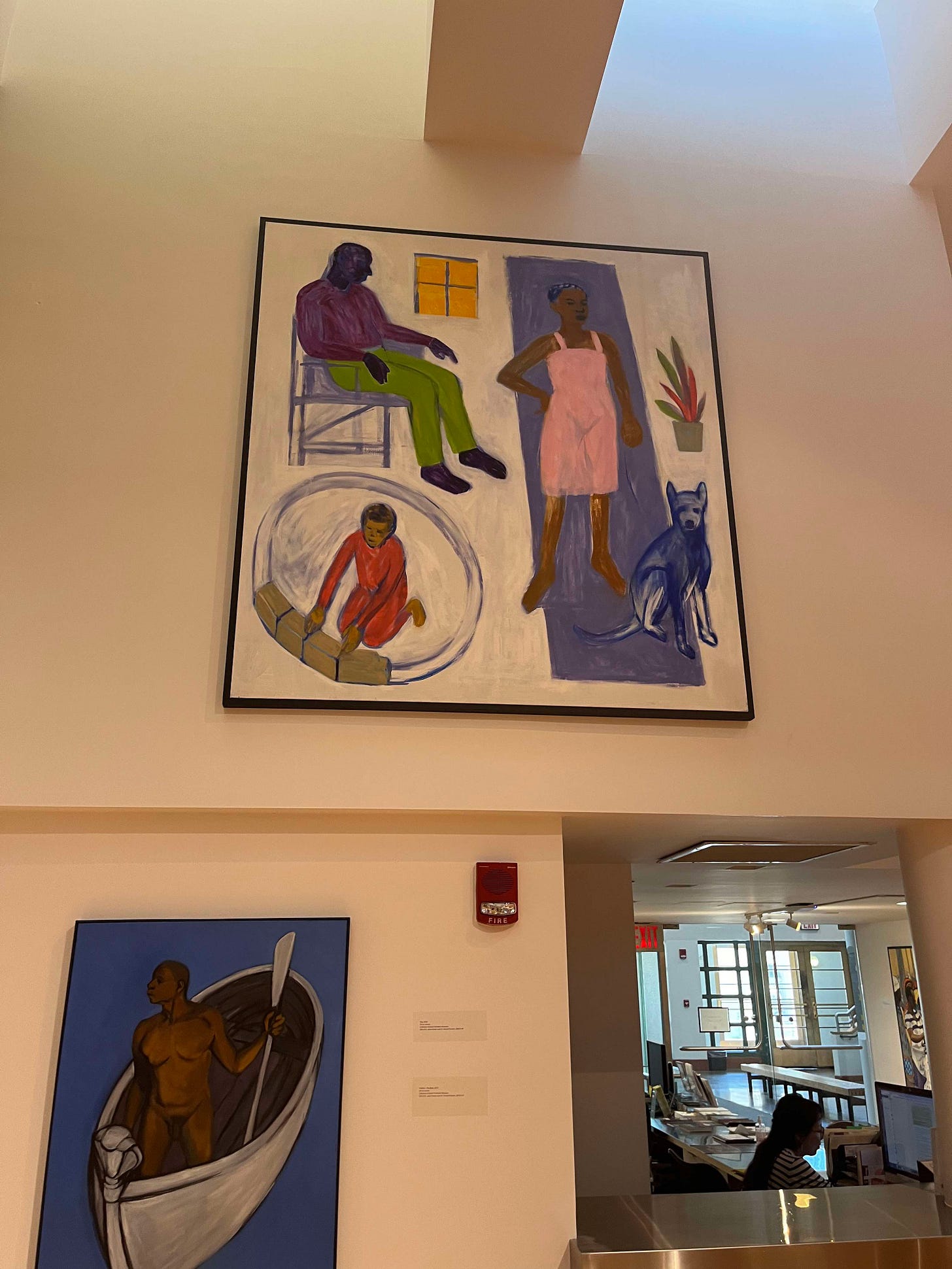
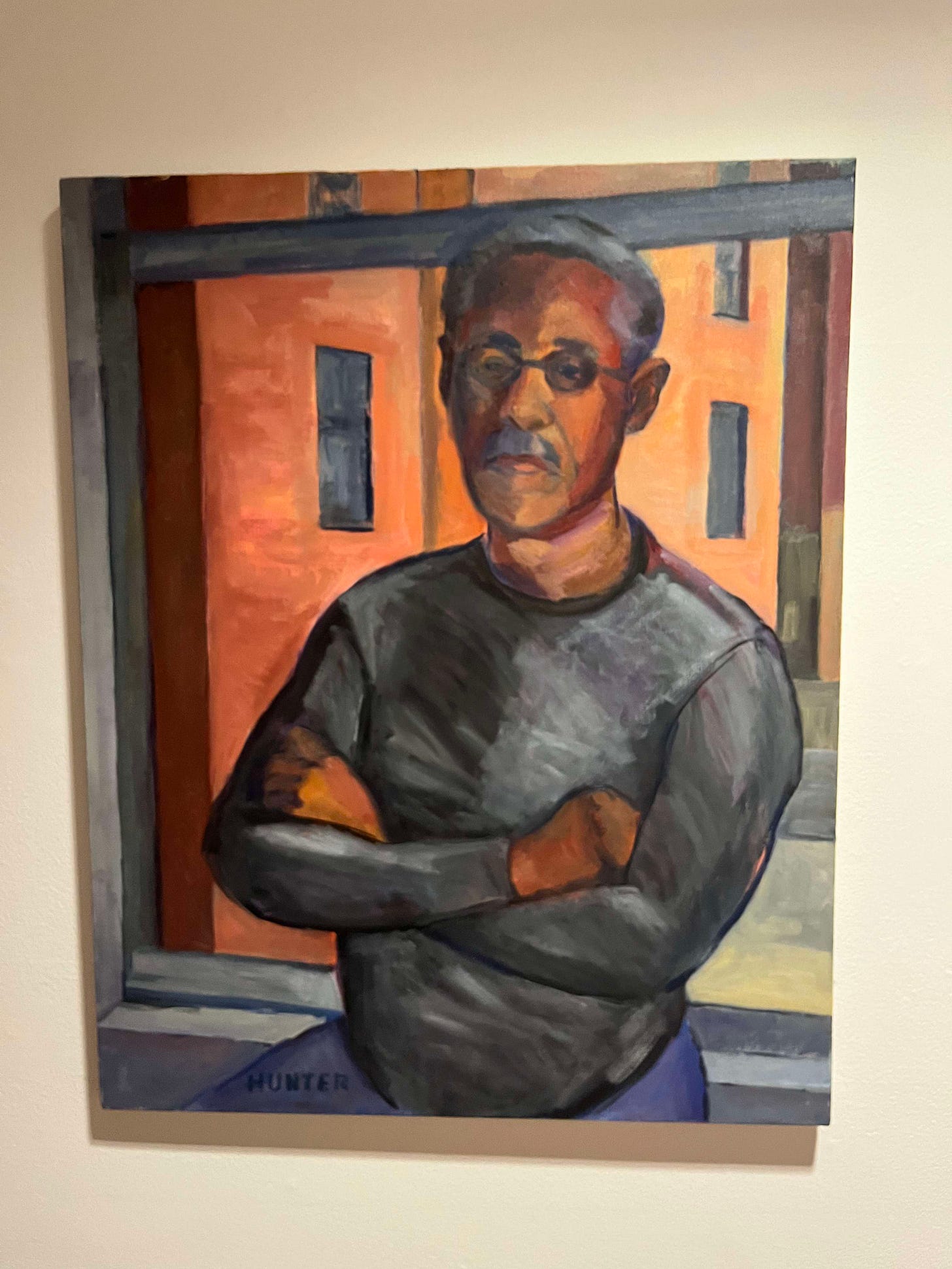
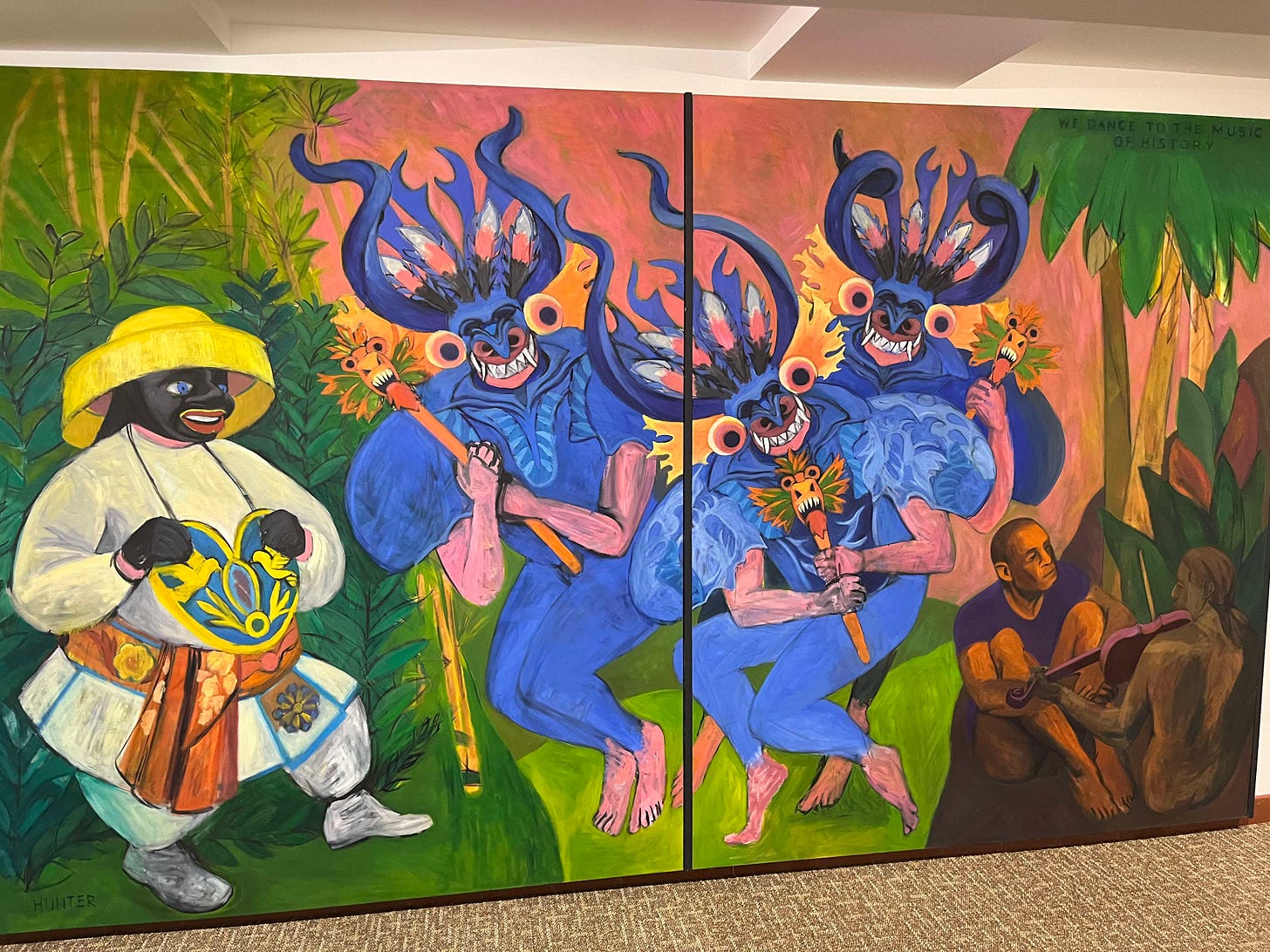

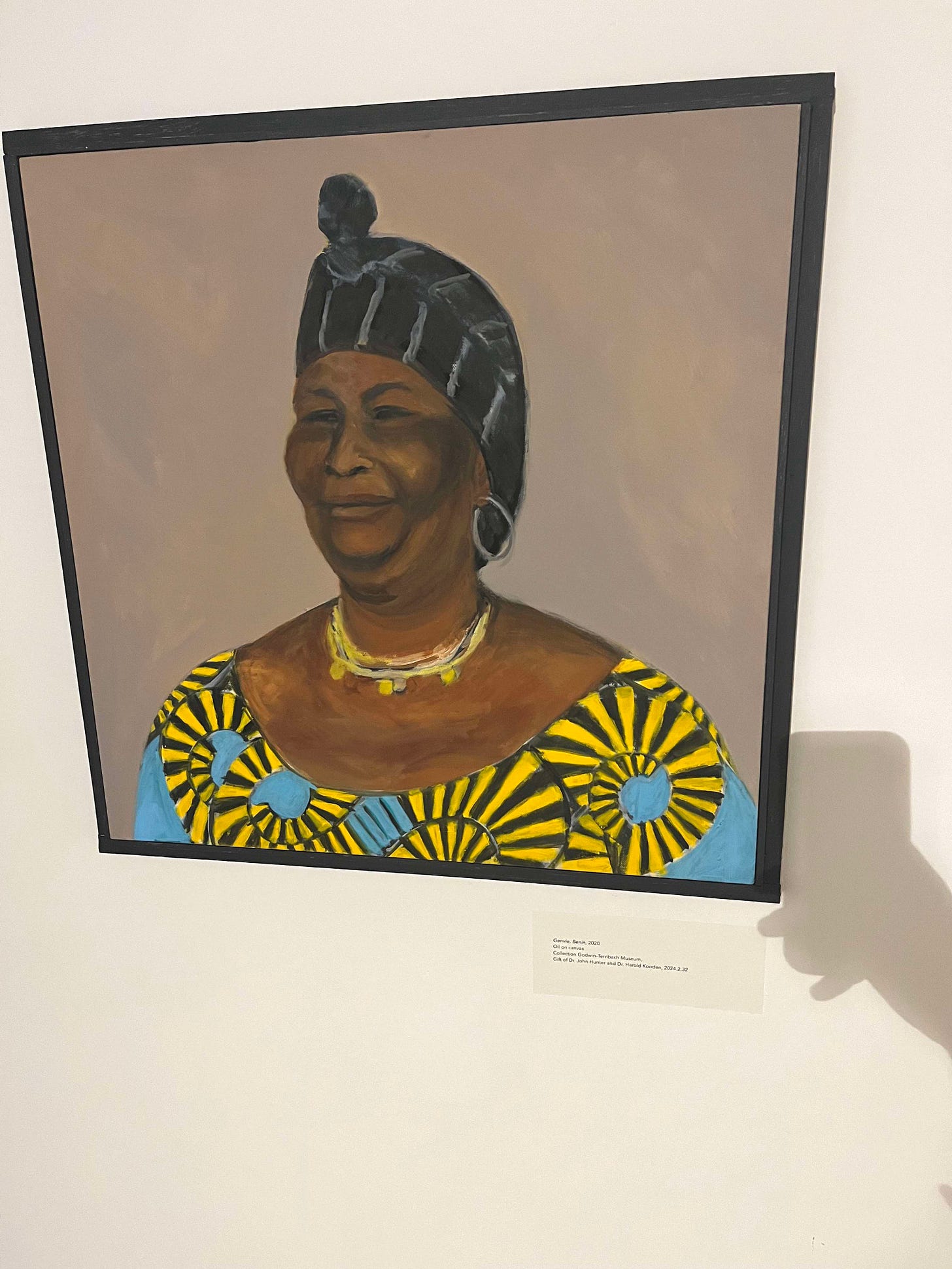

Hello Cathy: Thank you for your insights on Godwin-Ternbach Museum. I am the co-director, director of exhibitions/collections, and curator. To clear up a few points, Frances Gray Godwin and Joseph Ternbach met in the 1950s and attracted an elite level of donors to the museum including many who gave to the Metropolitan Museum of Art and other great NY institutions. The museum's encyclopedic collection of 7,000 artifacts and works of art encompasses 5,000 years of human history and is global in reach. The museum has an incredible collection, managed by a small but mighty staff of 2.5 and two fellows. The exhibition in the lobby gallery is under construction and should open in October. It is the second iteration of "Wunderkammer," exposing the breadth and treasures of several specific collections given recently by new and existing donors. Our current exhibition is a wonder and has been extended through August 29. Our next exhibition will open in mid-October representing the first instance of solely sculptural objects in the collection including works by Claudia DeMonte, Robert Wilson, Margot Lovejoy, Andrea della Robbia, Pat Lasch, Jean Dunand, Roy Lichtenstein, Chaim Gross, and many unnamed artists and artisans. Please visit us again this fall and I'd be glad to give you a behind-the-scenes tour. All the best, Louise Weinberg
This blog is the coolest